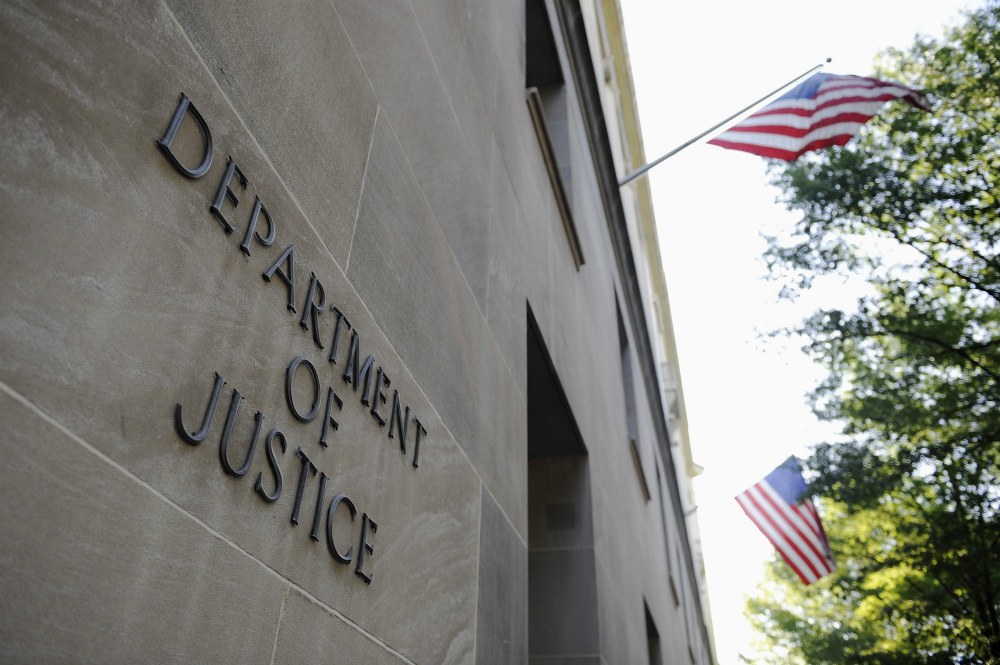
Dairy producers, as one prominent example, are having to dump thousands of gallons of milk because demand for this product has reached epic lows.
Since high-volume customers are no longer operating at capacity, or at all, there's a glut of milk with no one to buy it all, just like there's currently a glut of oil and gasoline as demand has plummeted.
At the Golden E. Dairy near West Bend in Wisconsin, farmer Ryan Elbe reportedly told WISN-TV that his farm is having to dump about 30,000 gallons, or 113,562 liters, per day of milk because there's nowhere for it to go.
Many other dairies throughout Wisconsin face similar over-supply situations, seeing as how about one-third of the state's dairy products, mostly cheese, is sold in the food service trade as opposed to in retail stores.
It's a strange phenomenon as toilet paper, paper towels, and other paper products remain in short supply, even as staples like milk sit on store shelves and rot because not enough customers are buying them.
"The coronavirus outbreak has caused milk prices to drop down to unprofitable levels this spring, right when we need money to buy supplies for the spring planting season," stated dairy farmer John Rettler of Neosho, Wisconsin, and president of the FarmFirst Dairy Cooperative in Madison.
Others in the industry are issuing warnings to dairy cooperatives that they need to brace for the further dumping of milk and scaling down of production due to "the extreme nature of the coronavirus situation and the impact on the economy."
Listen below to The Health Ranger Report as Mike Adams, the Health Ranger, provides tips about how to end this pandemic sooner rather than later:
Dairy farmers had just returned milk prices to profitable levels following more than five years of operating in the red, then coronavirus struck
This is an especially difficult time for the dairy industry as milk prices have been lagging below profitable levels for at least the past five years. There was just about to be some light at the end of the tunnel as of February, but then the COVID-19 pandemic hit.
In 2019 alone, some 820 Wisconsin dairy producers quit the business, which amounts to about two closures per day. And now with the Wuhan coronavirus (COVID-19), there are likely to be many more following their lead.
"Now, farmers are simply looking for ways to ensure their milk continues to get picked up in the coming weeks as the situation continues to play out," Rettler added, noting that optimism is quickly fading within the Wisconsin dairy industry.
While the $2 trillion economic stimulus package signed by President Donald Trump includes about $14 billion for supporting farm income and crop prices, as well as $9.5 billion for dairy and livestock farmers, it remains unknown how this allotted money will actually be distributed to individual farmers who are suffering as a result of the crisis.
"It is hard to have perspective when the rules of how things work are continuously shifting under your feet," laments Kevin Bernhardt, a dairy economist at the University of Wisconsin – Platteville.
"Markets are evaporating as restaurants and schools shutter and exports stall," added Darin Von Rude, a Wisconsin dairy farmer and president of the trade group Wisconsin Farmers Union, who believes that the stimulus package could provide some hope for farmers like himself trying to stay afloat.
"Farm labor is in short supply with borders closing and falling commodity prices are decimating farm income. Without this important support, many farms won't be able to last the summer."
To keep up with the latest about the Wuhan coronavirus (COVID-19) news, be sure to check out Pandemic.news.
Sources for this article include:
Please contact us for more information.























